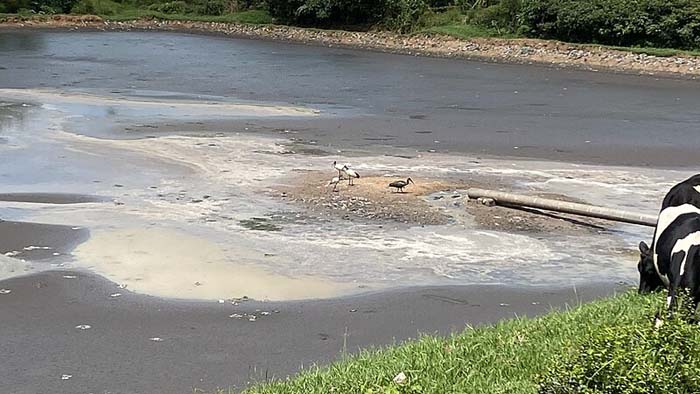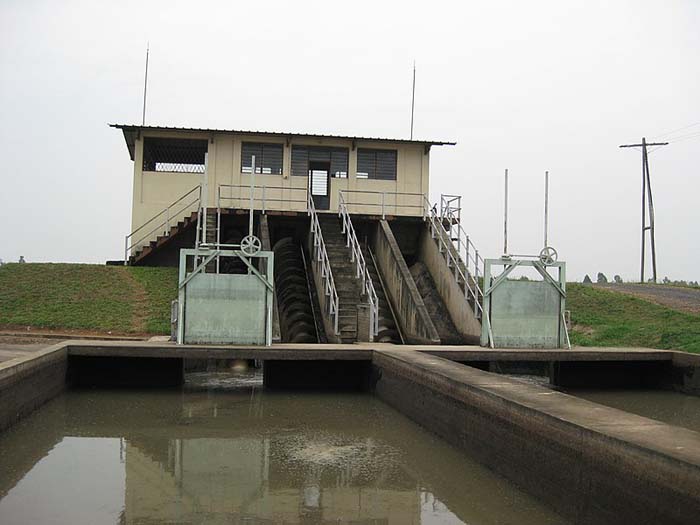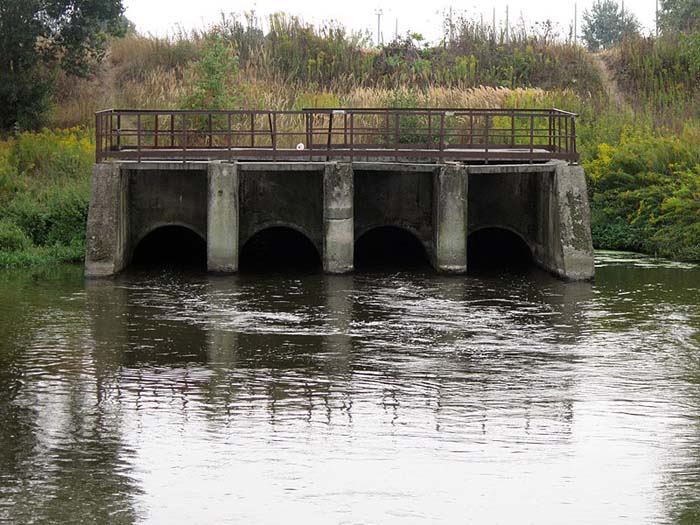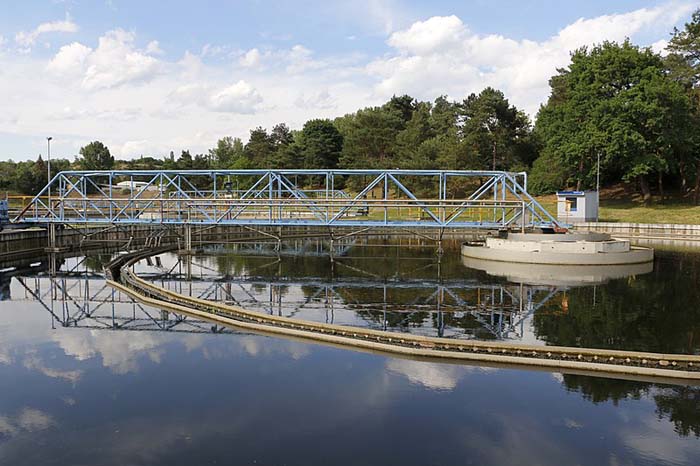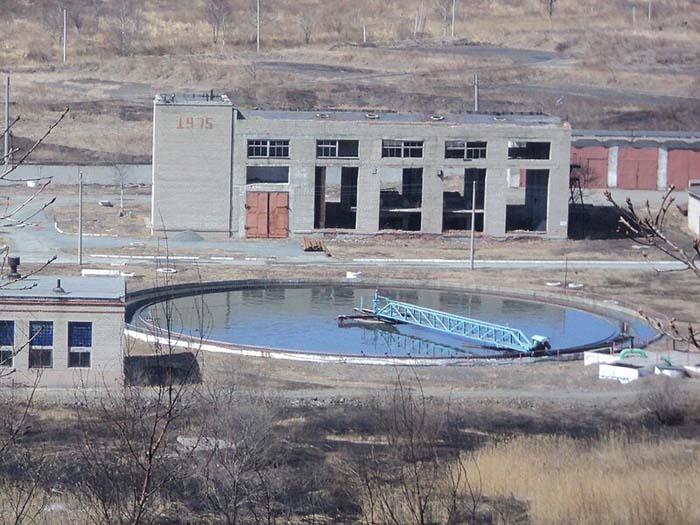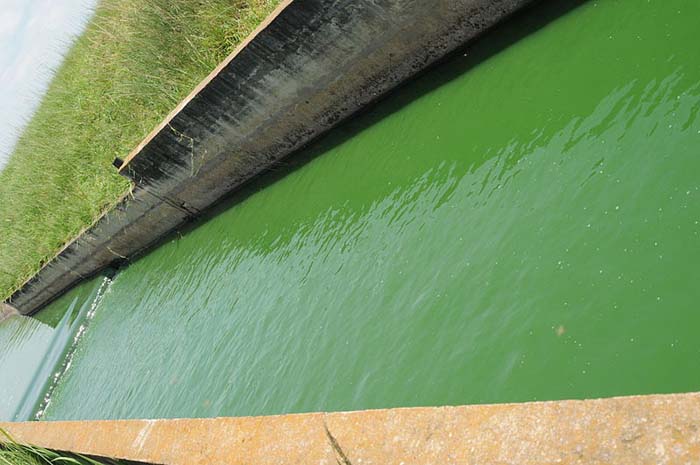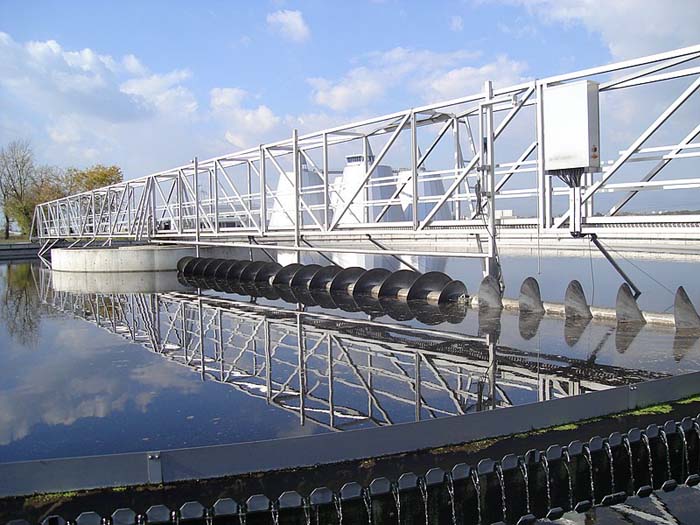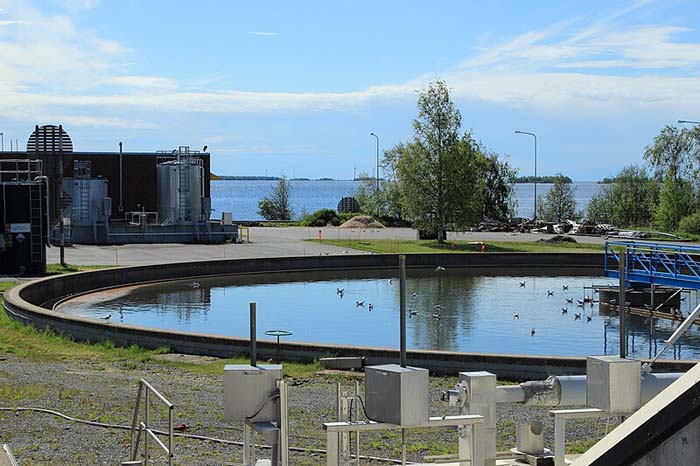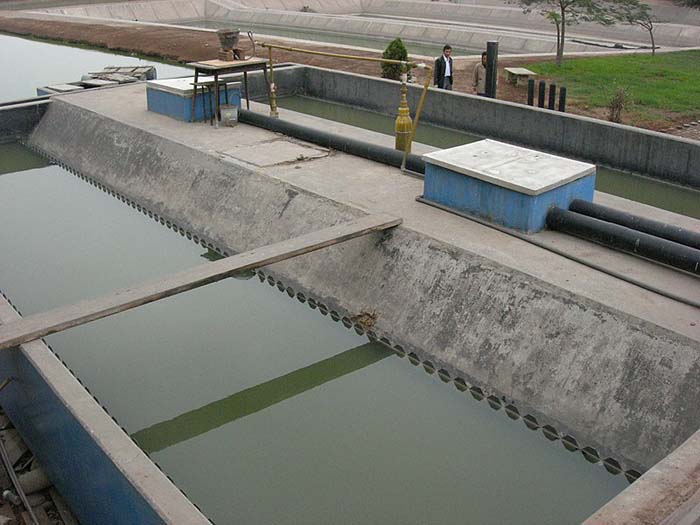
A bio septic tank, also known as a biological septic tank or biodigester, is an environmentally beneficial option for treating and decomposing organic matter from domestic wastewater and sewage. Bio septic tanks, in contrast to traditional septic tanks, use microorganisms to aid in the breakdown and digestion of waste through natural biological processes rather than chemicals.
What is a bio septic tank system?
This is an improved version of the conventional septic system that treats and manages domestic wastewater using biological processes. Other names for this system include bio-digester and biological septic system.
Here are the most important characteristics and parts of a bio septic system:
Tanks and chambers
Various steps of waste treatment usually take place in separate tanks or chambers that make up the system. These chambers facilitate the separation and decomposition of wastewater.
Tertiary Treatment
Certain sophisticated bio septic systems have a tertiary treatment phase, which involves extra filtration and disinfection operations to ensure that the effluent satisfies environmental regulations before release.
Primary Treatment
Solid waste forms sludge at the bottom of the first chamber, while lighter substances like oil and grease form scum at the top. As with a conventional septic system, this is the first line of defense.
Effluent Discharge
Local regulations determine whether to use the treated effluent for irrigation or safely discharge it into the soil through a leach field. The cleanliness has significantly improved.
Secondary Treatment
After undergoing various treatment steps, the water proceeds to further chambers. Here, aerobic bacteria continue to break down the organic materials. Natural ventilation or aerators might bring air into the system to make this happen.
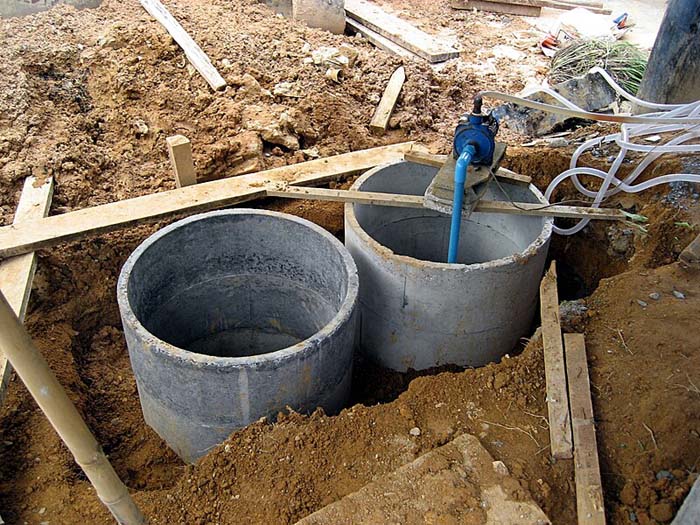
Anaerobic and aerobic bacteria
The system uses a mix of aerobic (bacteria that need oxygen) and anaerobic (bacteria that do not) microbes to break down and digest the organic waste in the wastewater.
How does a Bio Septic system work?
An innovative method of waste management, a bioseptic system treats wastewater and sewage by means of natural biological processes. Here is a detailed explanation of its operation:
Components of a Bio Septic System
- Inlet Chamber
The point of entrance for wastewater and sewage comes from many sources, including toilets.
- Aerobic Digestion Chamber
Some methods use an extra chamber to treat wastewater with aerobic bacteria.
- Anaerobic Digestion Chamber
This is the place where anaerobic microorganisms break down waste.
- Outlet Chamber
Lastly, the water treatment process is complete.
Working Process
Inlet Chamber:
- The input chamber is the point of entry for wastewater into the system.
- The solid waste is able to sink to the bottom of this chamber, which separates it from the liquid.
Aerobic digestion (in some systems):
- Mechanical aerators, or diffusers, are the usual means of supplying oxygen.
- Because they need oxygen to function, aerobic bacteria accelerate the decomposition of organic materials. This, in turn, lowers the concentration of dangerous microbes and improves the effluent quality.
- Systems with an aerobic digestion phase send the partially treated wastewater to an aerobic chamber.
Anaerobic Digestion:
- The settled waste is transferred to the anaerobic digestion chamber.
- Bacteria that do not need oxygen, known as anaerobic bacteria, break down solid waste into simpler compounds and release gases like carbon dioxide and methane.
- By converting solid waste into biogas and sludge, this breakdown drastically decreases its volume.
Clarification and Final Treatment:
- In the output chamber, the treated water undergoes its last clarity.
- Here, the rather clear water is prepared for disposal after any leftover fine particulates settle.
Discharge:
- The treated water has multiple potential uses, including irrigation, safe discharge into the environment, and additional processing.
- Certain modern systems may contain extra phases of disinfection or filtering to ensure the effluent’s quality.
The difference between a septic tank and a bio septic tank
People use septic tanks or bio-septic tanks to treat wastewater in areas without centralized sewage systems. On the other hand, their design, functioning, and effect on the environment are very different. A thorough comparison is shown here:
Septic Tank
Design and Operation:
- Structure
Polyethylene, fiberglass, or concrete are common materials for traditional septic tanks. These are large, completely sealed underground containers.
- Function
Sedimentation is the basic mechanism that makes it work. The tank receives household wastewater, which forms sludge and scum as oils and greases rise to the surface and solids sink to the bottom, respectively.
- Maintenance
Failure to regularly pump out the built-up scum and sludge can lead to system failure and overflow.
- Treatment
After some initial treatment, the wastewater goes to a leach or drain field for additional filtration and soil decomposition.
Ecological Impact:
- Efficiency:
Because it is a simple procedure, organic materials often only decompose partially.
- Pollution:
If not maintained correctly, septic tanks have the potential to overflow or leak, contaminating groundwater and other bodies of water in the area with harmful nutrients and pathogens.
Bio-Septic Tank
Design and Operation:
- Structure
An upgraded version of the traditional septic tank, a bio-septic tank frequently has more than one chamber and uses a variety of treatment methods.
- Function
It uses anaerobic and, on occasion, aerobic bacteria to speed up the decomposition of organic materials. This biological process greatly enhances wastewater treatment.
- Maintenance
Although these systems still require regular maintenance, the breakdown of organic materials may reduce the frequency.
- Treatment
Bio-septic systems frequently incorporate filters, aerators, and even man-made wetlands to further purify the effluent before reusing it or discharging it into the soil.
Ecological Impact:
- Efficiency
When biological treatment improves, the effluent becomes of higher quality and is once again suitable for irrigation, safe discharge, and other non-drinkable uses.
- Pollution
By utilizing more effective treatment methods, bio-septic tanks decrease the likelihood of groundwater pollution and the discharge of hazardous microorganisms.
Key Differences
Maintenance
Both systems necessitate routine maintenance; however, a bio septic tank may break down waste more efficiently. Therefore, they may require less frequent intervention.
Intricacy and cost
The sophisticated treatment methods and extra components of bio-septic systems make them more difficult to construct and more costly to operate than conventional septic tanks.
Effects on the Environment
Because they produce cleaner effluent and reduce the likelihood of groundwater pollution, bio-septic tanks are better for the environment.
Effectiveness of Treatment
Bio-septic tanks are superior to conventional septic tanks in treating wastewater, leading to better-quality effluent.
When it comes to handling wastewater from homes, bio-septic tanks offer a more modern, efficient, and eco-friendly alternative to septic tanks. But they’re more complex and cost more to start with. The amount of wastewater treatment needed, ecological concerns, and budget are some of the considerations that determine which option is better.
The longest-lasting septic system
The design, materials, installation quality, soil conditions, and maintenance methods all play a role in determining how long a septic system lasts. The typical lifespan of a septic system is twenty to forty years. But, with the right setup and regular maintenance, some systems can endure even longer. Some significant factors that influence the lifespan of a septic system are:

Design and Materials:
- Steel Tanks:
Steel tanks, which are less popular nowadays because of their rustiness, usually have a lifespan of about 20 years.
- Plastic and fiberglass tanks:
These storage tanks often endure for 30–40 years without cracking or rusting.
- Concrete Tanks:
With regular maintenance, a concrete septic tank has a lifespan of forty years or longer.
Installation Quality:
- An expert installation can reduce the risk of early failure by correctly positioning the system. Leakages, system failures, and other problems can reduce the lifespan of a poorly installed system.
Soil Conditions:
- Soils free of clay and well-drained can extend the lifespan of a septic system, provided they allow sufficient percolation. However, poorly drained soils can cause overloaded systems to fail.
Use and Maintenance:
- To keep the drain field clear of sediments, pump it regularly (every three to five years) and examine it often.
Environmental Factors:
- Factors such as the local climate and water table levels may impact the system’s durability. Systems in regions prone to frequent flooding or high water tables might not last as long.
Tips for Prolonging Septic System Life
Efficient Appliances
To reduce the load on the system and save water, install high-efficiency appliances like dishwashers, washing machines, and toilets.
Proper Use
Do not flush the system with too much water or toxic substances. Use appliances and fixtures that use less water.
Protect the Drain Field
Avoid heavy construction on the drain field, and do not park or drive vehicles on it.
Landscaping
To avoid root intrusion, keep plants, such as shrubs and trees, away from sewage systems.
Regular Maintenance
To keep the system running well, make sure to schedule frequent inspections and pumping.
Warning Expressions of Septic System Issues
- Lush Grass
Thicker and greener grass over the system could indicate a septic system failure or leak.
- Standing Water
A sign of failure or saturation is when water pools over the drain field.
- Nasty Smells
The region around the tank or drain field is emitting an unpleasant odor.
- Drainage Issues
Indication of problems or clogs within the system.
Applications
The following are just a few of the numerous applications for bio septic tanks.
- Commercial buildings
- Healthcare facilities and hospitals
- Schools and colleges
- Residential homes
- Rural and outlying areas often have limited access to municipal sewage systems.
Conclusion
An important step toward more environmentally friendly waste treatment is the development of a bio septic tank. These tanks are an eco-friendly, low-maintenance, and effective replacement for conventional septic systems that rely on natural processes. Urban and rural areas alike are seeing a surge in the use of bio septic tanks to meet the rising demand for environmentally friendly solutions.

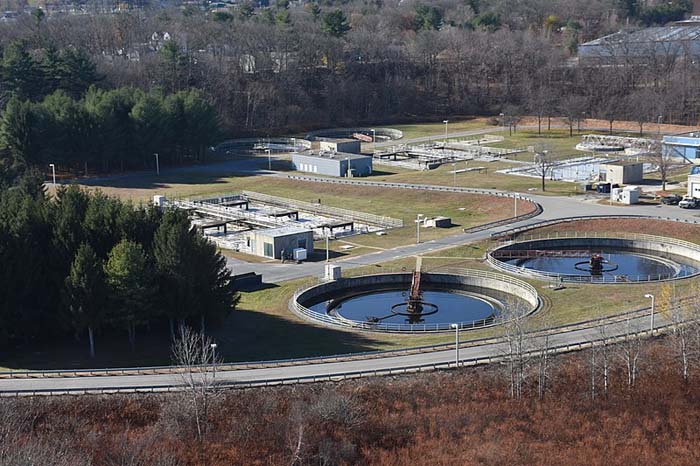
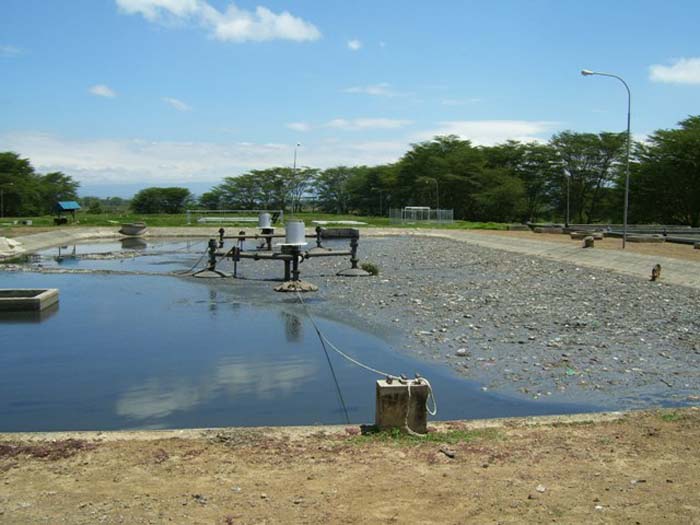
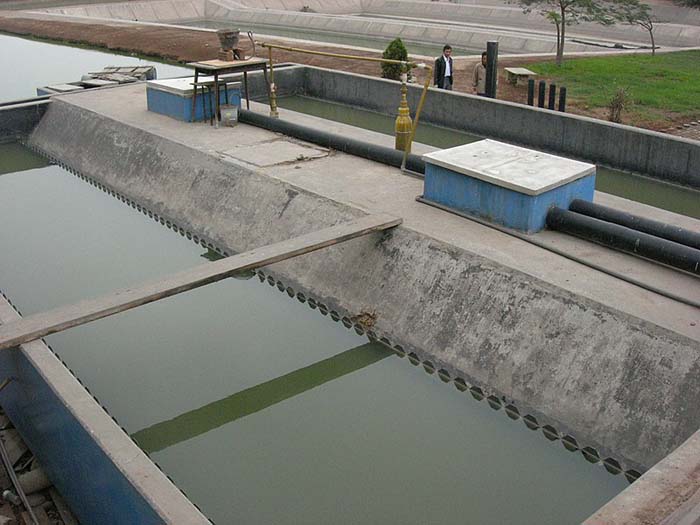
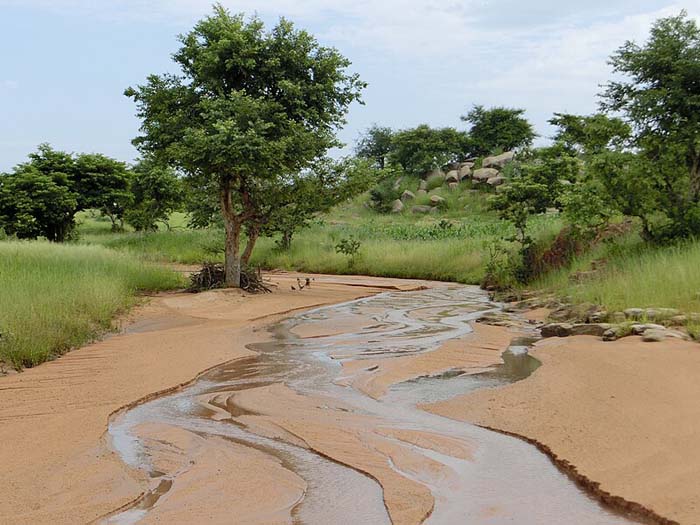




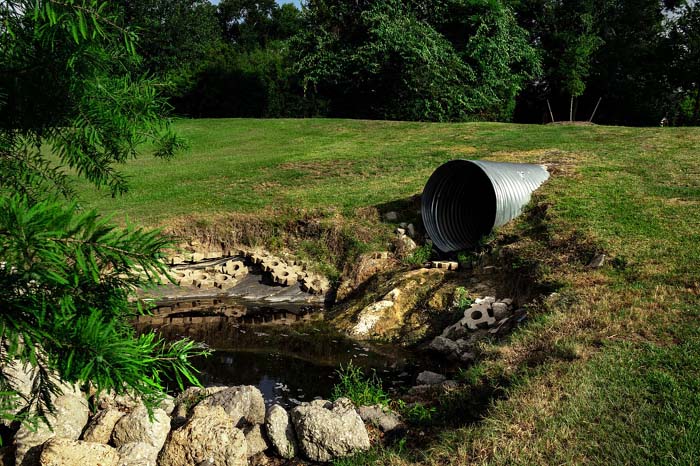 Here are some key pros and cons of sewage treatment:
Here are some key pros and cons of sewage treatment: